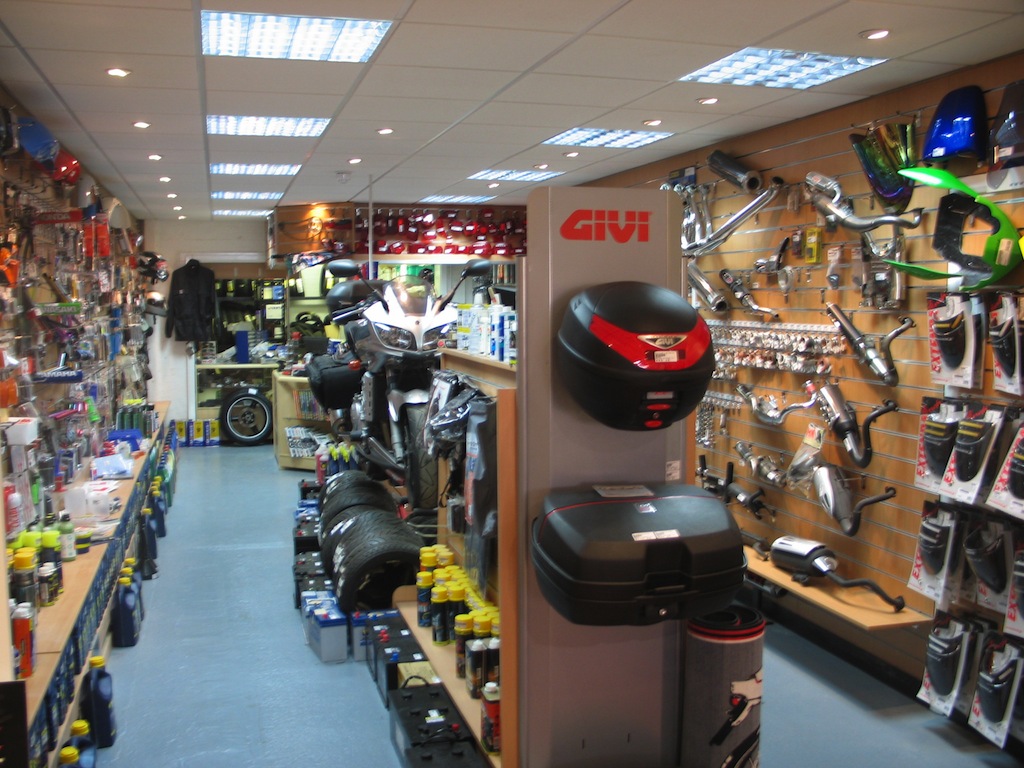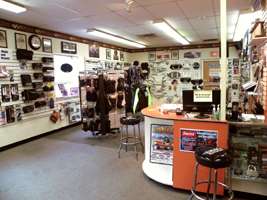Leading MX Gear NZ: Get Ready for Your Next Off-Road Adventure
Leading MX Gear NZ: Get Ready for Your Next Off-Road Adventure
Blog Article
Grasping Motorbike Gears: Exactly How to Optimize Your Riding Experience
In the realm of motorcycling, understanding the art of gear adjustment is critical for improving your riding performance. Appropriately utilizing and comprehending bike gears can significantly impact control, fuel, and velocity performance, changing an average experience right into a seamless, exciting journey.
Recognizing Gear Mechanics
At the core of motorcycle characteristics, equipment mechanics play a critical duty in converting engine power into activity, inevitably determining speed and control. The gear ratios, thoroughly made, figure out the relationship between engine transformations and wheel turns, influencing acceleration and fuel efficiency.
Recognizing gear auto mechanics starts with acknowledging the value of the gearbox, which houses numerous equipments of differing sizes. These equipments connect with a procedure known as meshing, where teeth of different equipments involve to transmit power.
Additionally, the concept of equipment changing is essential to making best use of performance. Smooth and prompt shifts guarantee that the engine operates within its optimum power band, preventing unnecessary pressure and boosting longevity (motorcycle shop). By comprehending these mechanical ins and outs, motorcyclists can accomplish a harmonious mix of control, power, and performance, boosting their riding experience
Timing Your Shifts
Change timing proficiency is crucial for optimizing motorcycle performance and enhancing the riding experience. Correctly timed shifts make sure that the engine operates within its optimal power band, which is important for preserving control, attaining smooth velocity, and making sure the long life of the bike. Cyclists should establish an intuitive sense of when to shift gears, which entails recognizing the partnership in between engine transformations per minute (RPM) and rate.
To master shift timing, pay very close attention to the engine's sound and really feel, as these give crucial hints regarding when to change gears. The optimal shift factor typically takes place when the engine comes close to the upper variety of its power band without getting to the redline. Shifting prematurely can cause a lack of power, while shifting also late may create unneeded engine strain
Additionally, road problems and riding design influence change timing. In urban setups, smoother and extra frequent changes may be essential to navigate web traffic successfully. On the other hand, throughout freeway riding, less shifts at greater speeds can be better. Exercising in different environments will certainly boost your capability to time changes exactly, inevitably elevating your riding experience to a specialist level.
Enhancing Gas Efficiency
While grasping bike equipments is important for efficiency, enhancing fuel effectiveness is just as essential for both environmental and economic reasons. Optimum gas consumption not only decreases operational prices yet also reduces the eco-friendly impact of riding. To achieve this, one must comprehend the complex partnership between equipment option and engine efficiency.
To start with, selecting the best gear at suitable speeds can dramatically affect gas intake. Riding in a greater equipment at reduced rates can bring about engine Continued hauling, which is detrimental to both fuel economic climate and engine health and wellness. Alternatively, riding in reduced equipments at broadband causes unneeded gas usage. Thus, maintaining an ideal equilibrium by changing equipments abreast with roadway problems and expected maneuvers is necessary.
Furthermore, regular upkeep plays a crucial duty in fuel efficiency. Ensuring that the bike is well-tuned, with tidy air filters and appropriately blew up tires, can reduce and boost aerodynamics fuel wastage. Additionally, adopting a riding design that accepts steady acceleration and smooth deceleration can add to much better gas economic situation.

Strategies for Smooth Transitions
Accomplishing smooth gear transitions is essential to enhancing the riding experience and making certain the durability of a bike's transmission system. Appropriate equipment moving not only adds to a seamless trip yet likewise reduces damage on the mechanical components. To grasp the art of smooth transitions, motorcyclists must concentrate on a few vital techniques.

Second of all, clutch control plays a crucial role. Engaging and disengaging the clutch smoothly needs technique. The clutch bar should be released gradually, enabling for a smooth transfer of power from the engine to the wheels without triggering a shock or sudden activity.

Adjusting to Roadway Conditions
Navigating varied roadway problems is an important ability for any type of motorcyclist aiming to maintain control and safety. Whether you're riding on damp surface areas, crushed rock roadways, or browsing doglegs, your capacity to adapt your gear use and riding strategy is extremely important. Recognizing exactly how to change your gears suitably can dramatically influence traction and security, ensuring a more secure trip.
In contrast, when riding on crushed rock or unequal terrain, reduced gears are better. Lower equipments offer far better control and enable you to react more promptly to unforeseen changes in the road surface area.
Sharp curves demand accurate equipment monitoring to stabilize speed and control. Downshifting prior to getting in a contour can assist keep momentum while guaranteeing the bike continues to be stable throughout the turn. Regular practice in different problems enhances your capability to respond and anticipate to adjustments in roadway structure and incline.
Final Thought
Understanding motorcycle gears dramatically boosts the riding experience by enhancing gas, control, and velocity effectiveness. A detailed understanding of gear mechanics and exact change timing ensures the engine operates within its ideal power band, while smooth shifts with reliable clutch and throttle control rise convenience and performance. Adapting equipment selection to numerous road problems, such as making use of greater equipments on wet surfaces and lower gears on gravel, further enhances handling and safety. Ultimately, these skills elevate the overall journey.
Understanding gear technicians starts with acknowledging the importance of the gearbox, which houses numerous equipments of varying dimensions. These gears communicate with a process known as meshing, where teeth of various equipments engage to send power other (motocross gear). Gentle changes to the throttle during equipment changes can stop jerky motions and maintain a consistent riding rate
Whether you're riding on damp surfaces, crushed rock roads, or browsing sharp turns, your capability to adjust your equipment use and riding strategy is vital. Adapting gear option to various roadway conditions, such as making use of higher equipments on wet surface areas and lower equipments on crushed rock, additional enhances handling and security.
Report this page